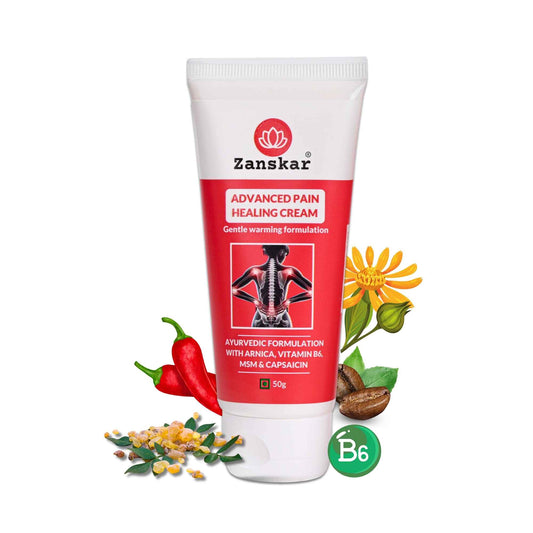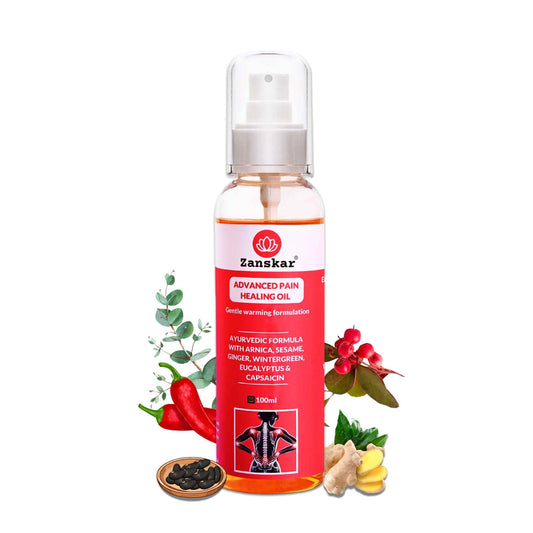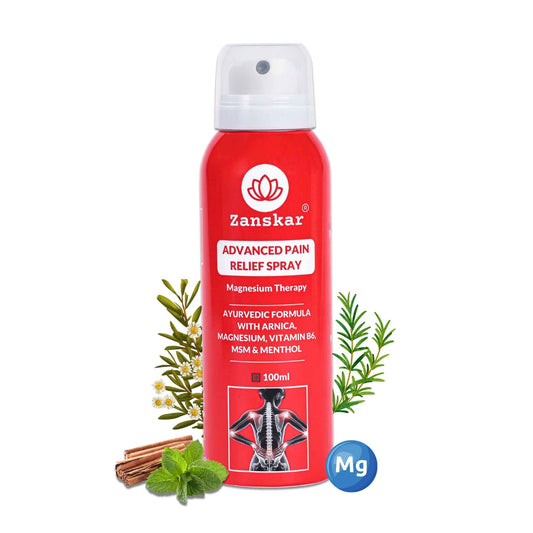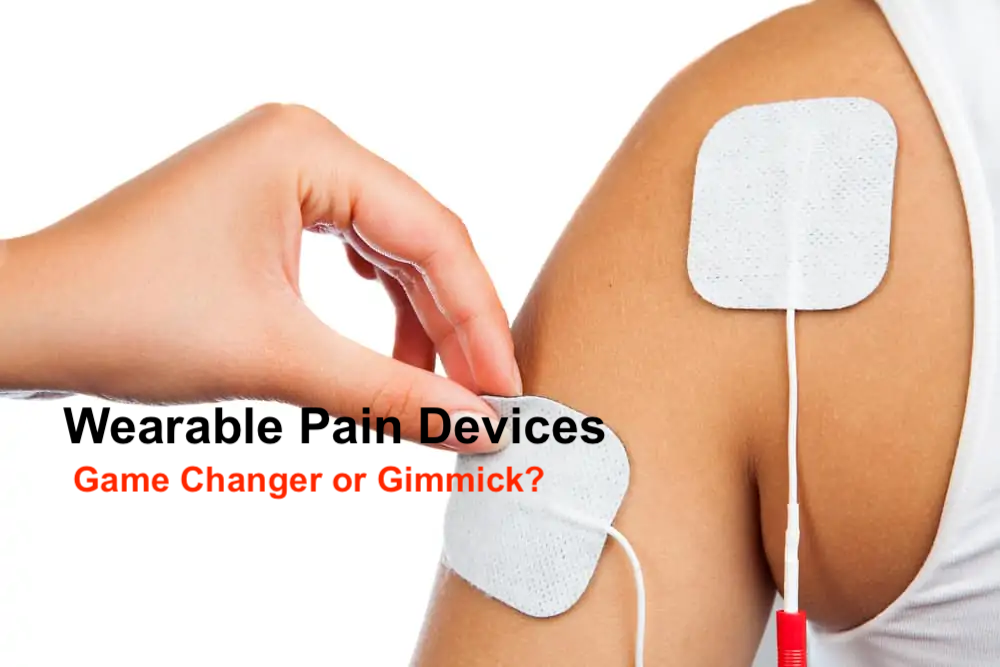
From TENS to Wearables: Why Pain Devices Fall Short
Pain is one of the most common reasons people seek medical attention — whether it’s chronic back pain, OA, sports injuries, or menstrual cramps. In response, the market for pain management gadgets has exploded: TENS units, electrical heating pads, wearable neurostimulators, and more. These devices promise non-invasive relief, often marketed as alternatives to long-term painkiller use.
But despite this surge of innovation, many patients and consumers find themselves disappointed. From inconvenient form factors, difficulty in usage, expensive prices and insufficient relief, they've failed to bring the promise land so far.
1. Variability and Insufficient Clinical Studies
Most devices work on the surface.
- TENS (Transcutaneous Electrical Nerve Stimulation) devices deliver small electrical pulses to block pain signals temporarily, but don’t address the underlying inflammation, nerve dysfunction, or muscle damage driving the pain.
- Neurostimulation pain relief wearables face issues with variability in effectiveness, the need for more long-term and large-scale research, potential skin irritation, and the challenge of widespread, accurate diagnosis and personalized programming for individual conditions and nerve damage
- Electrical Heating or cooling pads only affect superficial blood flow and sensory nerves — the relief fades once removed.
👉 The gap: Devices rarely influence the deeper biological processes that sustain pain — inflammation, nerve sensitization, and tissue breakdown
2. Unsuitable for daily wear
TENS units require continuous wear, tethering the user to wires or bulky pads.
👉 The gap: Most devices are inconvenient for long-term daily use. Pain, however, is persistent — and relief that ends when the device is switched off isn’t enough.
3. One-Size-Fits-All Limitations
Pain is personal. What works for a sore muscle may not work for neuropathic pain or menstrual cramps. Yet, many devices are marketed as universal solutions.
- An electrical pack that helps post-workout soreness won’t calm nerve pain.
- A TENS unit designed for back pain may not fit comfortably for pelvic or joint-related issues.
👉 The gap: Lack of personalization reduces both effectiveness and patient adherence.
4. Compliance and Usability Challenges
Many devices demand too much from the user:
- Regular charging, electrode replacement, gels, wires.
- Devices too bulky to wear discreetly in public or at work.
- Devices can malfunction and cause unintended harm
👉 The gap: Poor design often leads to poor compliance, meaning patients abandon devices before they see benefits.
What Patients Actually Need
From listening to patients and observing the gaps in current pain devices, a clear picture emerges:
1. Multi-Layer Relief
- Patients need solutions that go beyond surface comfort to address inflammation, nerve sensitivity, and joint stiffness at the root.
- Combining immediate relief (cooling, warming, numbing) with long-term support (anti-inflammatory, neuro-calming, joint nourishment) is critical.
2. Lasting Results
- Relief should continue after the device is removed.
- Formulations that modulate pain pathways and reduce inflammation over days and weeks are far more valuable than “while-it’s-on” comfort.
3. Personalized Approaches
- Not every pain is the same: muscle soreness, nerve pain, joint pain stiffness, and period cramps all require different mechanisms.
- Patients want tailored solutions
4. Simplicity & Convenience
- No wires, charging, or complicated set-ups.
- Products that are portable, discreet, and non-messy fit into busy lives.
5. Evidence + Transparency
- Patients increasingly demand proof: clinical data, ingredient transparency, and clear timelines
- Marketing alone doesn’t build trust — measurable outcomes do.
Conclusion: The Future of Pain Relief
Current pain management devices have given patients an alternative to pills, but they remain short-lived, superficial, and inconvenient. The real need is for multi-dimensional pain relief solutions that are:
- Deep-acting
- Long-lasting
- Tailored to pain type
- Easy to use in daily life
- Backed by data and transparency
The products that can bridge this gap — moving beyond “surface comfort” to true pain pathway modulation — will redefine the future of pain management. Pain devices haven't solved this yet, but they may in future years. However, it will need significant investments in research and clinical studies before they can become part of every household, which seems distant right now.
Moving Beyond Devices: The Zanskar Approach
Where pain devices stop at surface comfort, Zanskar goes deeper. Our portfolio is built on the idea that lasting relief requires more than heat, cold, or electrical pulses. It needs:
- Multi-layer action → from instant soothing (menthol, cryotherapy) to long-term support (MSM, Vitamin B6, curcumin).
- Consistency over time → formulations designed not just for the moment of pain, but for 14–30 days of measurable improvement in stiffness, flexibility, and mobility.
- Tailored solutions → sprays for fast recovery, creams for joint comfort, roll-ons for migraines, oils for stiffness, supplements for rebuilding from within.
- Science + nature balance → clinically studied actives (Vitamin B6, magnesium, glucosamine, collagen, curcumin) combined with trusted botanicals (arnica, boswellia, ginger)
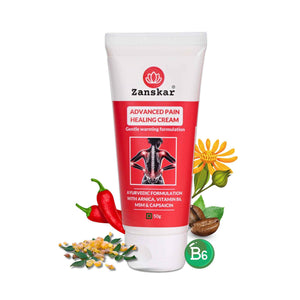
At Zanskar, our mission is simple: to close the gap between quick fixes and true pain relief. By integrating modern science, proven natural actives, and user-friendly formats, we’re building a new standard for pain care — one that doesn’t stop when the device powers off.
Learn More About Us
If you have joint pain, muscle pain or headaches that makes it hard to move, Zanskar offers the most advanced full stack pain relief solutions for you.
Now available to purchase, Zanskar® pain-care range have unique bio-active formulations. It provides lasting relief from muscle and joint discomfort that you can feel good about. Get your fix before stocks run out - buy now.
You can also gain access to therapeutic exercises and stretches for your condition by downloading the Zanskar Health physiotherapy mobile app. Additionally, you’ll have a personal care team to guide, support, and tailor our program to you, including behavioral and nutritional coaching.
Download our mobile app here 👉 download and track your exercise streak.
Medical Review: This article is written and medically reviewed by Dr Nishtha Mittal (Senior Health Content Editor at Zanskar Health). This article and its contents are provided for educational and informational purposes only and do not constitute medical advice or professional services specific to you or your medical condition.




